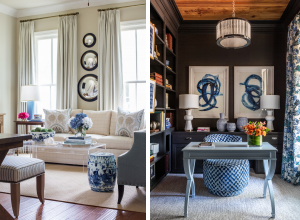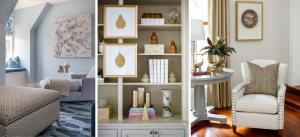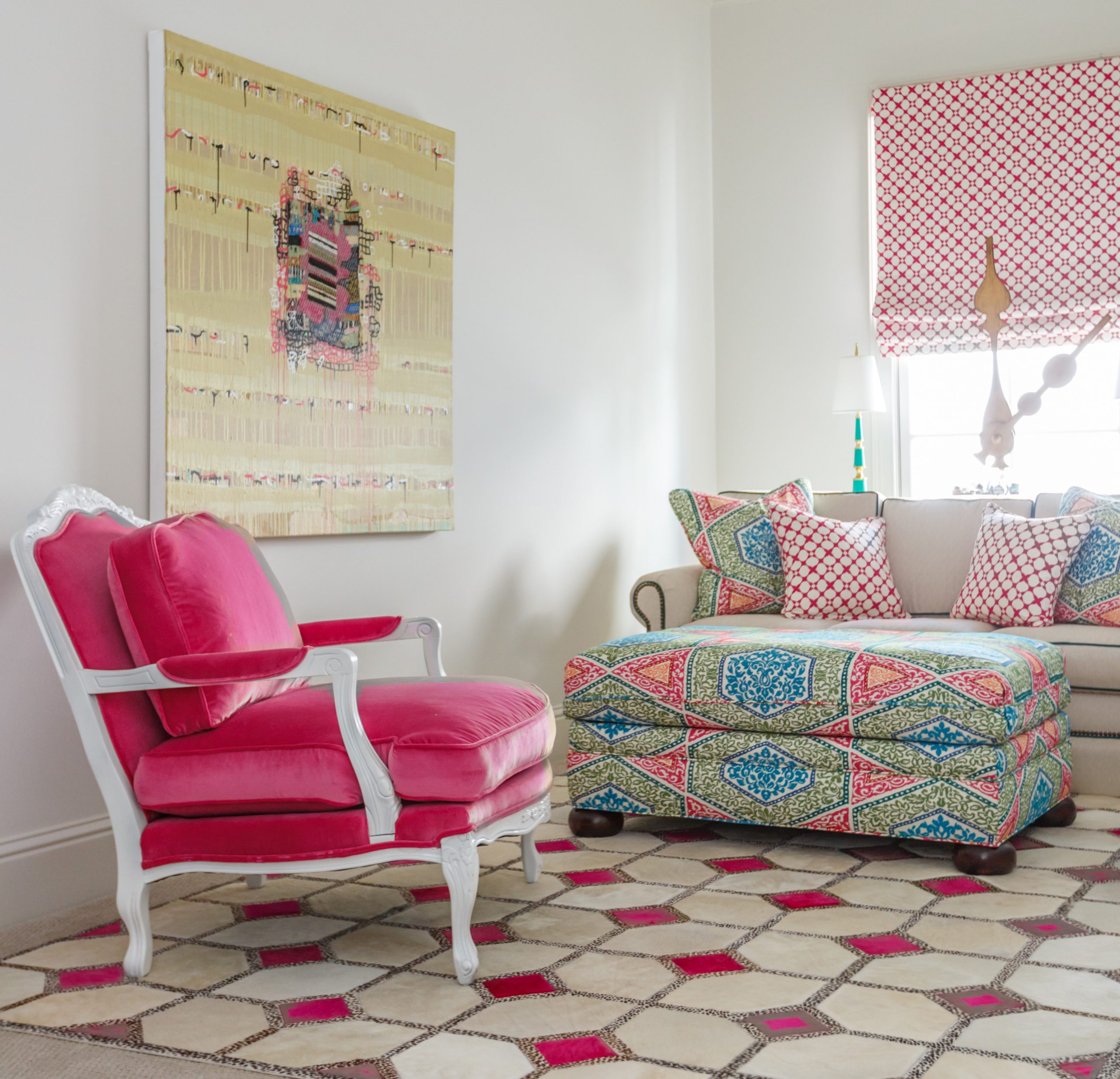As introverts, y’all know how crucial it is to have our own space and time to unwind, relax, and recharge. It’s not that we don’t love and cherish time with our family and friends, but we can’t be our best self for them (or for anyone) if we are pouring from an empty cup!
All of this has been further upended by the spread of Coronavirus across the world. It seems like everywhere we turn, there is more and more information for consumption, and we desperately want to have a place where we can process what’s coming at us so quickly.
But homes today are almost always designed with extroverts in mind – open floor plans that promote a lot of time together. Families are expected to congregate in a huge shared area that is the living room, foyer, dining room, and kitchen. Televisions are blaring, everyone is on a different device, someone is cooking dinner, another one is trying to do math homework. But we introverts can’t achieve deep focus in these kinds of settings. As I shared with Apartment Therapy, after a long day as an introvert, I crave some time of total silence—it helps restore me and allows me to show up on a higher level for myself and others.
Self-Care in Quarantine
This type of living environment coupled with the current self-quarantines happening across our nation leaves introverts feeling exceptionally drained and unable to recharge. Add to that the stress of our homes suddenly having to perform as make-shift classrooms, playgrounds, remote offices, and still function as a home, and it can start to feel like we might never have a quiet moment to ourselves again. Right now, when anxiety is particularly high, finding ways to relax and practice self-care is extra important.
By this, I don’t mean forms of frivolous self-care, either. I’m talking about the kind of self-care that can turn your home into a sanctuary – especially as we wait out a global pandemic. This kind of self-care that makes your home a place where you can still find quiet space to recharge, settle your mind, and do your best creative work. Introverts require downtime to process their lives, and the design of your home should reflect and support that.
Introducing the Quiet Room
Recently, Real Simple Magazine interviewed me about my concept of The Quiet Room. They called it the next big trend in interior design.
Right now, it might seem like interior design trends are the last thing we should be discussing. But this concept transcends what colors are hot, and whether or not the 70’s are back. No, this is much more important than that. This is about giving moms a place to go at the end of the day. A retreat after juggling distance learning, their own careers, and being cramped in close quarters with their entire family. And, doing all of this while trying to ensure that everyone stays healthy.
If there ever was a time to create your Quiet Room, it’s now.
Every home should have a quiet room. A place where people like you and me can retreat to process our day, recharge our internal batteries. A place to recover from the toll of functioning in a world that’s designed for extroverts to succeed. And, that’s on a good day! Right now, we’re bombarded with doom and gloom from every angle. Offering ourselves a haven to escape is crucial to our ability to take care of ourselves and our families while riding this out. Now, more than ever, we’re seeing all of the ways our homes are important to us, and we must give ourselves a place to restore our emotional and mental bandwidth as we attempt to navigate through the COVID-19 pandemic.

A Place for You (and Your Sanity)
A quiet room is a place that only has to meet your own approval. A place where you can completely be yourself. As I told Upscale Living Magazine, this room doesn’t have to be trendy or please anyone else’s taste. This room is just for you. If you need to retreat to it to cry, pray, nap, work, listen to a podcast, play music….find a place in your home now to preserve your sanity.

Good taste is, and always will be, a thing I value. A gorgeous room will still make me a little weak in the knees. But after this many years of creating them, I know that design can impact lives in deeper, incredibly meaningful ways as well. If we ever needed an example of how crucial the role our homes play in our mental well-being, we are all getting an up-close and personal lesson in that right now.
Although it may feel self-serving – particularly while we quarantine in the hopes of flattening the curve – I cannot stress this enough: dedicating a space in your home to function as a Quiet Room can actually help to strengthen our relationships, which might seem impossible after you’ve spent a week or two practicing social distancing.
Because here’s what I know: this too shall pass. And when it does, we want to emerge with our well-being, happiness, and productivity intact. Creating a Quiet Room now is the key to ensuring that we do.


Leave A Comment